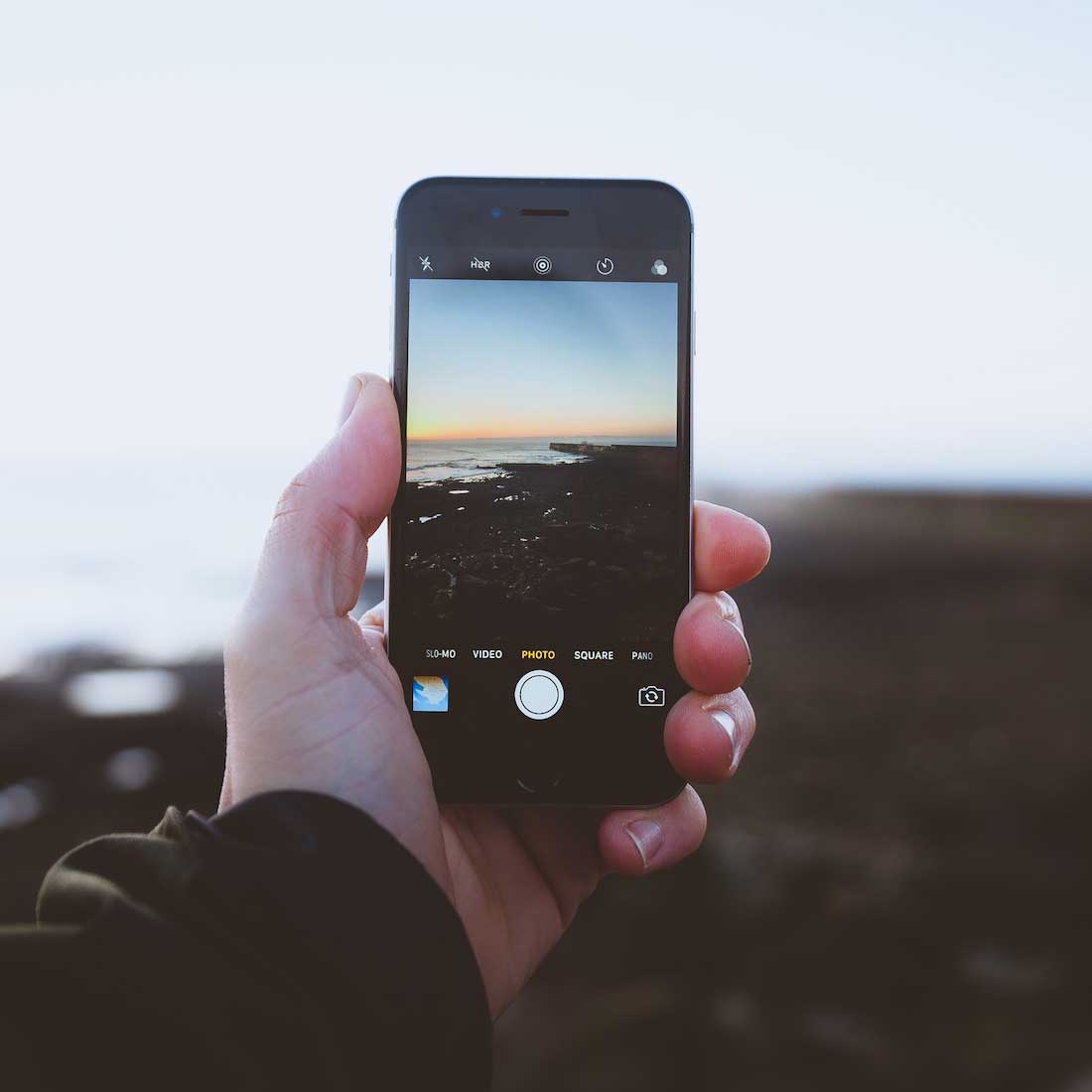We love our phones. I sometimes keep mine in my pocket. However, there’s solid evidence now that suggests cell phones may increase our risk of brain cancer. The World Health Organization (WHO) has called the increased risk of cancer from cell phones just one step shy of “probable”. Using our cell phones is now just two steps shy of being grouped in with tobacco, asbestos, and X-rays for their risk of giving us cancer.
Cell Phones and Cancer Risks
What happens when we use cell phones
Here’s what we know. Unlike X-rays, the “non-ionizing” radiation produced by cell phones does not strip electrons from cell tissue molecules. However, too much exposure to radio frequency energy can damage cell tissue . Both the US and Europe placed limits on the amount of radio frequency energy a cell phone can emit. Two questions remain. Scientists aren’t sure if these standards are enough to protect us through years of cellphone use. They are especially concerned about the damage cell phone use may cause to tissues with less blood flow such as the ear, brain, skin, and testes.
The science is conflicting
For nearly every study that suggests that cell phones increase our risk of brain cancer, another study disagrees. The WHO reviewed more than 900 studies before deciding to classify cellphone usage as a possible carcinogen. One of the most prominent studies is by Swedish oncologist Lennart Hardell who does not accept funding from industry. His work shows a clear link between cell phone use and the increased risk of malignant gliomas and acoustic neuromas. Both are types of brain tumours. Hardell’s team has now discovered an even stronger causal link between wireless phone use (including cordless landlines) and brain cancer. Subjects who had used wireless phones for a year were more than 70% more likely to have malignant brain tumours than those who had not. Subjects who had used wireless phones for 20 to 25 years had double the risk. Research does exist to support the camp which believes cell phones cause no harm. The commonly cited 2010 INTERPHONE survey which received industry funding found no overall relationship between cell phone usage and brain cancer. The survey, however, did find an 80% increase in risk with the subgroup that used their cellphones the most.
Fetuses in their mothers’ wombs may be especially at risk
Dr. Hugh Taylor of the Harvard Medical School cautions that the development of children in their mothers’ wombs “is one of the most vulnerable times in human existence. If you make a mistake then, it can be permanently patterned.” He found that baby mice which had mothers exposed to transmitting cell phones acted noticeably different. Taylor found that the more exposure to transmitting cell phones while in the womb, the more the baby mice were hyperactive, had impaired memory, and increased anxiety. We associate these traits with Attention Deficit Hyperactivity Disorder (ADHD).
Why we should be cautious
When discussing the risk from cell phones, I often think back to one of my patients. As a project manager, she spends large amounts of her day on the phone with clients and her teams. When I brought up the risks of cell phone use, she shrugged. I agree with Joel Moskowitz, the director of the UC Berkeley School of Public Health. Europeans, he noted, insist that industry prove to us the safety of technology. In America, however, “the precautionary principle doesn’t resonate well . We want to see a body count first.” Let us not wait until we experience harm before we take precautions. I still use my cell phone and I’m sure my patients do the same. Fortunately, all we need to do is take simple steps to reduce our risks.
How to reduce cancer risk from cell phones
- Use a wired headset. If you can pick up a hollow tube headset, even better. It uses the tubes instead of wires to conduct the sound.
- Keep the phone off your body. In particular, steer clear of jeans pocket or a shirt pocket. Throw it in your purse instead. If you’re a man, throw it in your wife’s or girlfriends purse.
- Avoid allowing your children to play on your cell phone. In addition to the problems of too much screen time for children, younger children are even more at risk than adults of cancer from cell phone use.
- Use the speaker phone feature.
- Turn it off or flip it into airplane mode. They only emit radio-frequency radiation when they’re searching or receiving a signal.
- Text (not while driving) instead of talking when it’s suitable.
- Don’t buy cell phone shielding devices. They don’t work.
- We do not need to avoid our cell phones – all we should be is informed and mindful of how we use them.




